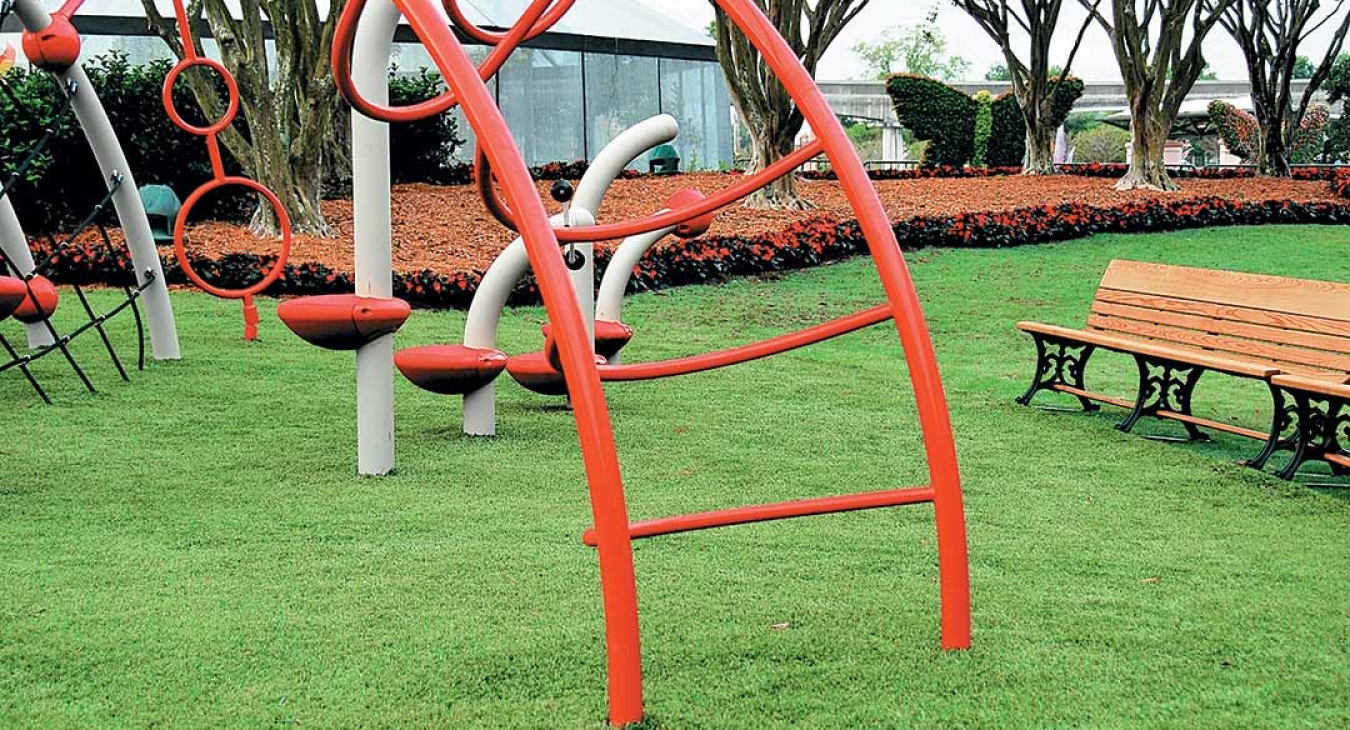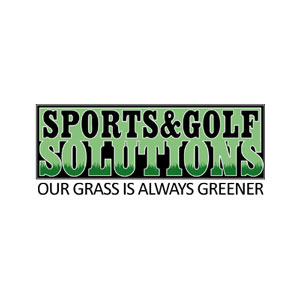Grassy Playgrounds Are Back - The benefits of synthetic grass for playgrounds
Kids love to play on grass.
It’s soft, inviting, and just plain fun. But if an ASTM 1292-certified safety surface is required, natural grass is not an option. That’s where synthetic grass comes in. With its lush, green, natural appearance, synthetic grass offers the soft, inviting features of real grass plus an impressive list of benefits that make it an ideal playground surface.
More and more municipalities, schools and youth facilities are installing artificial turf as the preferred safety surfacing option. Artificial turf is considered a revolutionary surfacing product in the playground industry because of the many advantages it offers.
Safety
Artificial grass installed over a proper base can provide an ASTM safety rating for fall heights up to 12 feet. A properly certified turf should also have a soft, consistent surface that is ADA accessible for easy wheelchair access. Since the grass won’t displace like loose fill such as sand, rubber chips or wood chips, the safety rating is easy to maintain at all times, even under play equipment. A synthetic grass playground surface that is certified by IPEMA provides independent verification that the product has met a rigorous set of industry standards.
Cleanliness
Kids stay cleaner when they play on a synthetic grass surface. There’s no sand or other loose fill to get in the kids’ clothes, hair, eyes or mouth. Some synthetic grass products are designed with built-in antimicrobial agents to help protect against bacteria and other microbes.
Increased Longevity, Decreased Maintenance
Synthetic grass for playgrounds lasts longer and usually costs less than pour-in-place surfaces. While pour-in-place generally needs repairs after about five years, the functional longevity of artificial grass is closer to eight years or more. Synthetic grass systems designed specifically for playgrounds can offer a warranty of up to eight years, with little noticeable fading even in extreme temperatures. Repairs on pour-in-place surfaces are often costly and unattractive. With synthetic grass, repairs are much less frequent and when they are done they are virtually unnoticeable.
Attractive Appearance
The advanced synthetic grass on the market today provides an extremely natural appearance. Those who have seen the latest products are often surprised at how real it looks. To make artificial turf even more appealing, some grass companies offer life-like features such as varied blade heights, shorter, textured blades at the base of the grass and multiple colors to simulate real grass. More innovative artificial turf manufacturers make grass with a tan thatch that replicates natural grass even more than the all-green products.
Green, Environmentally Friendly
The benefits of synthetic grass go beyond the functionality and beauty of the surface. “Going green” has become an important focus in many industries and some synthetic turf companies are offering environmentally-friendly products to address these needs. For example, the backing of certain products is actually made of recycled plastic bottles, which helps to reduce landfill waste. By using recycled and sustainable components, some synthetic grass products are up to 35 percent green by weight. Because of these eco-friendly features, utilizing the more innovative synthetic grass products can help a landscape architect earn LEED credits.
Joe Abel, director of Leisure Services for Seminole County, FL, chose Playground Grass by ForeverLawn for several of the parks that he manages.
“Not only does Playground Grass look fantastic in our playground areas, but we are getting compliments every time we walk out the door,” Abel said. “The kids absolutely love the feel and look and the parents are ecstatic. I’m not sure that I have ever received such great feedback from a parks and recreation product.”























Add new comment